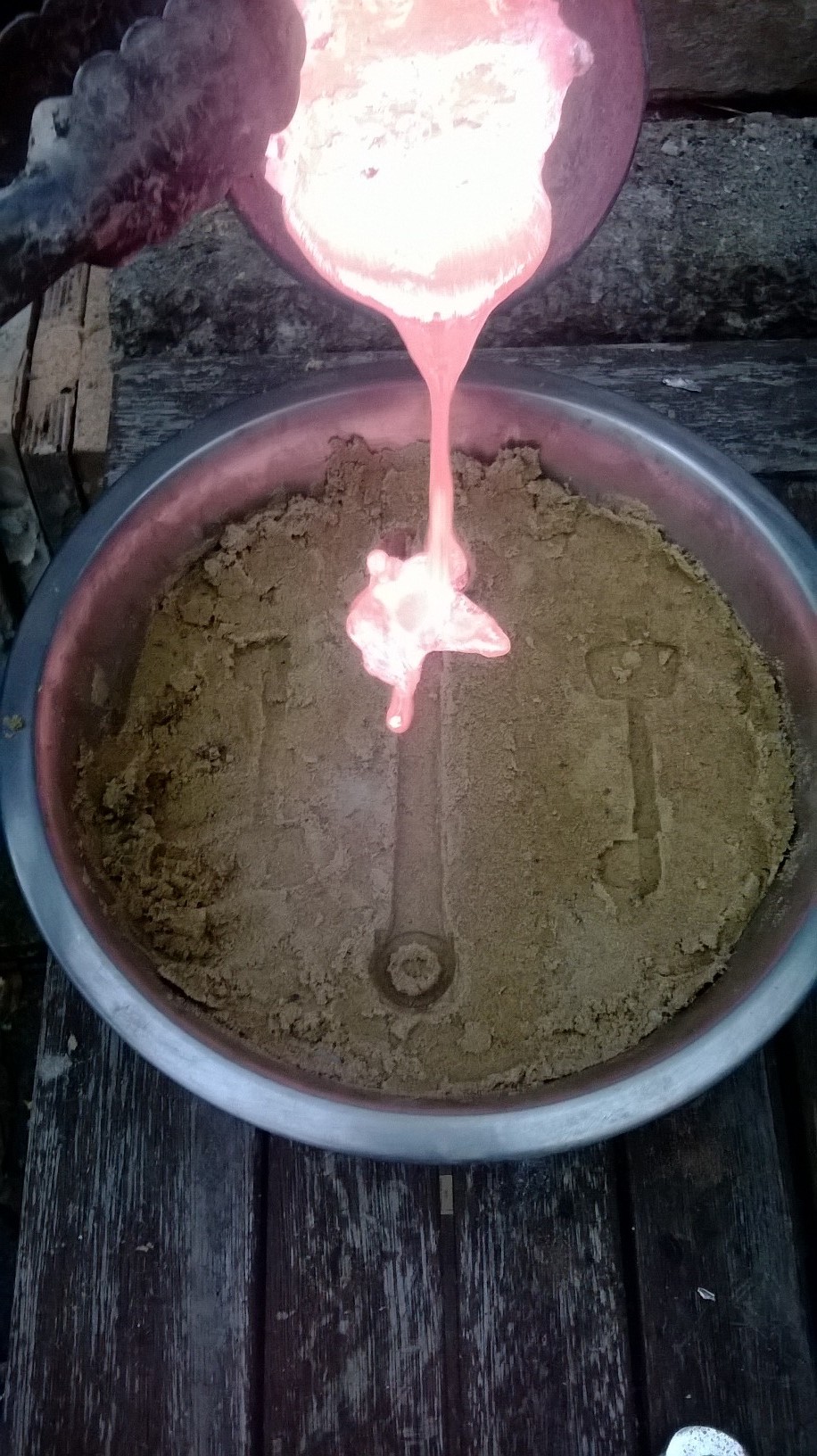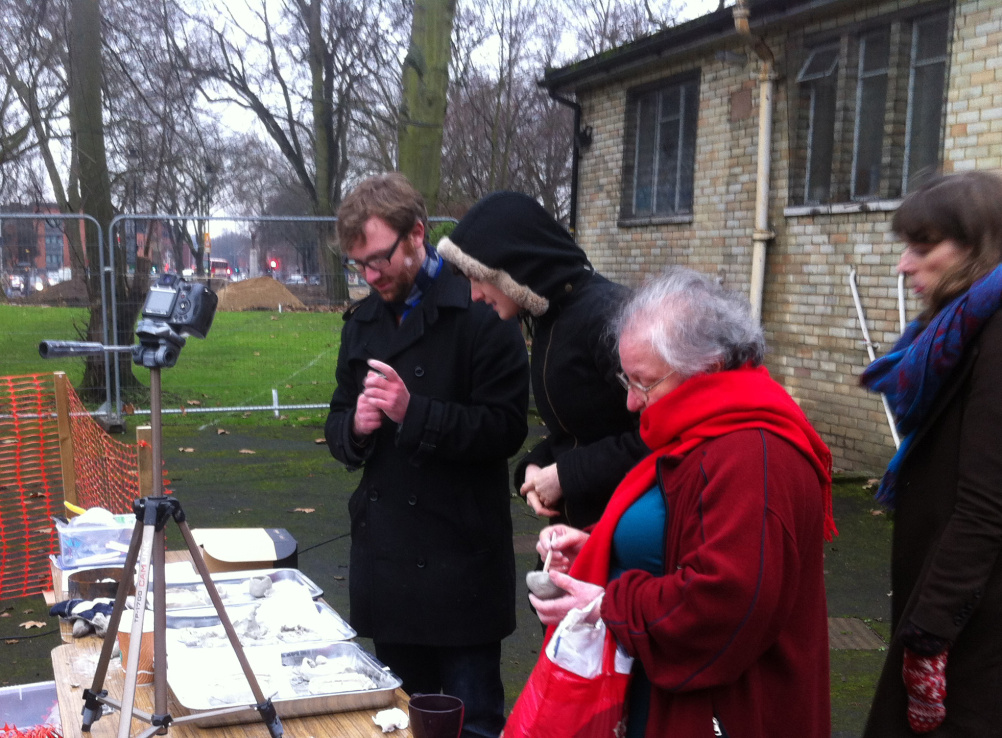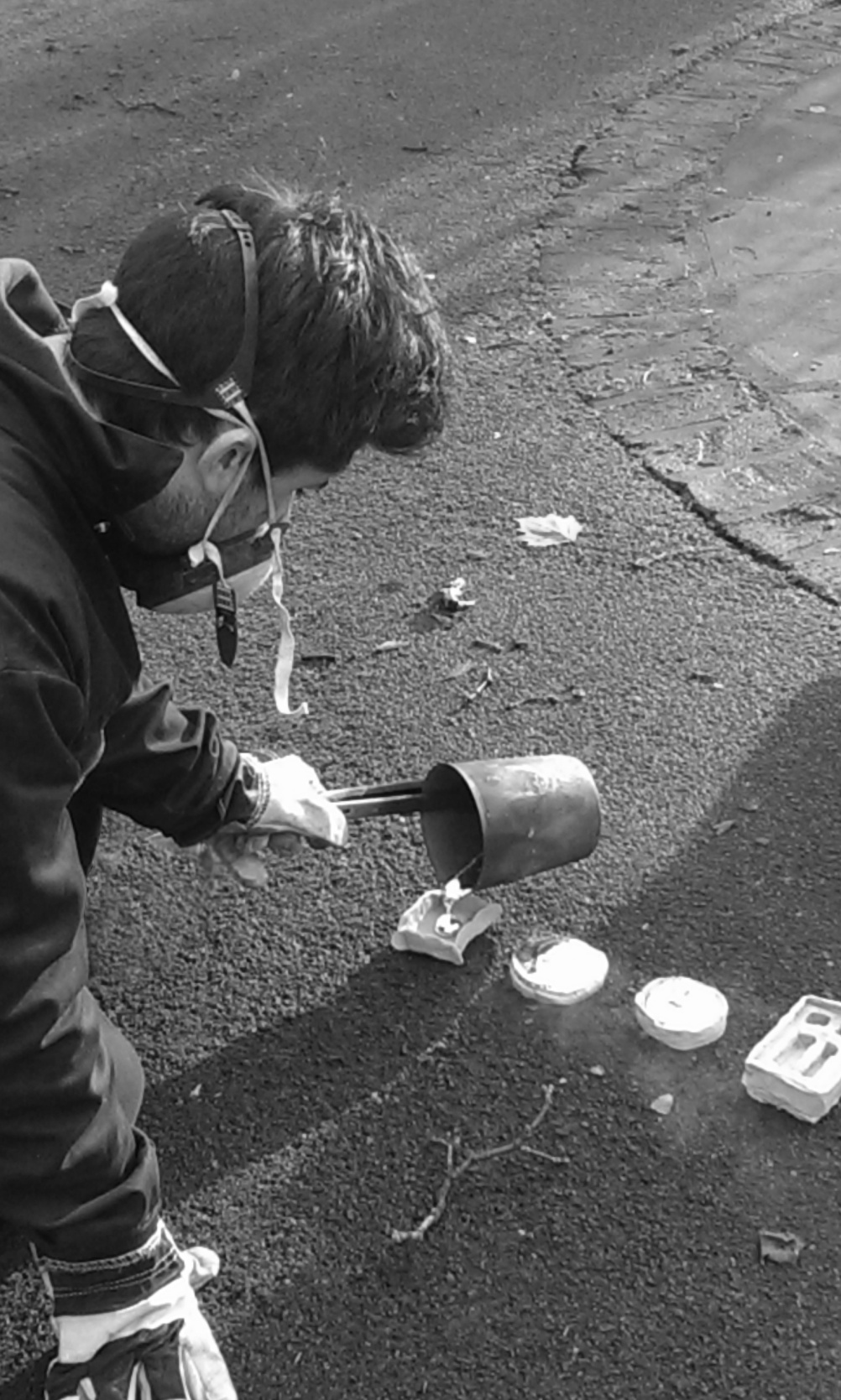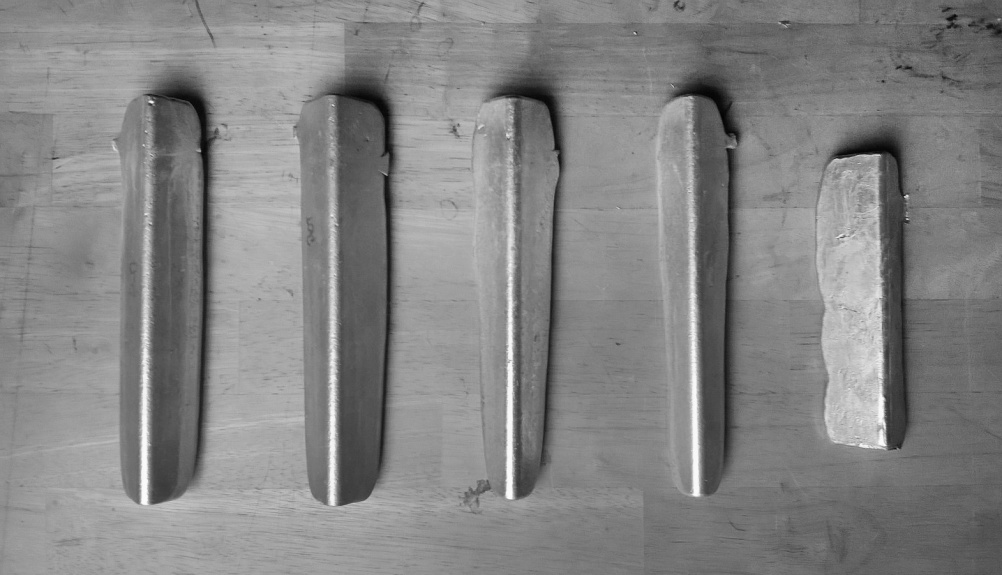Forging community in Tottenham by design
Enterprising architecture student Alexander Sarafian is turning himself into a thinking man’s rag-and-bone trader for the 21st century as part of his diploma.

However, eschewing any sort of Steptoe connotations, Sarafian has embarked on a project that is innovative, forward-thinking and community-centered.
The student at The Cass Faculty of Art, Architecture and Design at London Metropolitan University has created a mobile aluminum foundry, for the purpose of transforming scrap metal into new objects, as part of his drive to celebrate the industrial history of Tottenham in north London and bring a sense of community to the area.
Since the 2011 riots which began in the area, it’s been rather unfairly tarnished with something of an unsavoury reputation.

‘Tottenham is a rapidly changing borough, with a rich manufacturing heritage, but current regeneration plans are failing to recognise the civic power of industry’, says Sarafian.
‘The idea is that there’s a lot to be learned from industry. In Tottenham particularly it’s dying out, but having industry in areas is great, as it deals with a lot of things like community identity and craftsmanship. A lot of industrial processes are quite beautiful, so I wanted to open them up and expose them.’

Since the beginning of the project Sarafian has organised a number of ‘exchange’ days with various groups in the Tottenham community, such as at the Holy Trinity church, where people brought along their scrap aluminium to be turned into little objects ‘live’.

He explains, ‘It’s doing something physical to demonstrate the idea of the project having a positive sense with an urban area, and getting people interested in industry again.
‘Back when areas were industrial, it was a natural network where you developed social and physical idea of place and identity, but now networking has become a digital affair’.

The objects formed through Sarafian’s rather DIY smelting device are more tokens of the process, rather than finished pieces, he says. ‘They’re more about engaging people with how something’s made, rather than how it looks at the end’, Sarafian explains.
‘They’re more like objects of power, so they can mean different things. It could be an objects that quite symbolic for one person, like a key, or something that physically represents a place’.

For example, a local fried chicken shop owner asked for a tool that allows him to easily turn chicken, but with an extra long arm that keeps him at a safer distance from heat and oil.
‘Rather than simply buying the next best thing from a far-away supplier, the funny cooking tong could be cast for the owner on-site with the mobile foundry, and then they learn something about smelting’, Sarafian says, ‘[Objects like that] create a place-based vernacular – it’s a community growing through something as simple as aluminium casting’.

Going forward, Sarafian says he is hoping to stage an intervention soon at a local bus garage in Tottenham Hale, ’a unique site that is central to an interesting mixture of civic groups’.
He says, ‘The internal space of the warehouse will be temporarily transformed into a working foundry, but it will include a public space that combines both the network of the buses and the neighbouring communities. Like the cart, it will facilitate inter-community activity.’





Amazing !! Wish more architects thought about preserving our heritage in London ! Well done !!